Lip Filler Techniques For Thin Lips
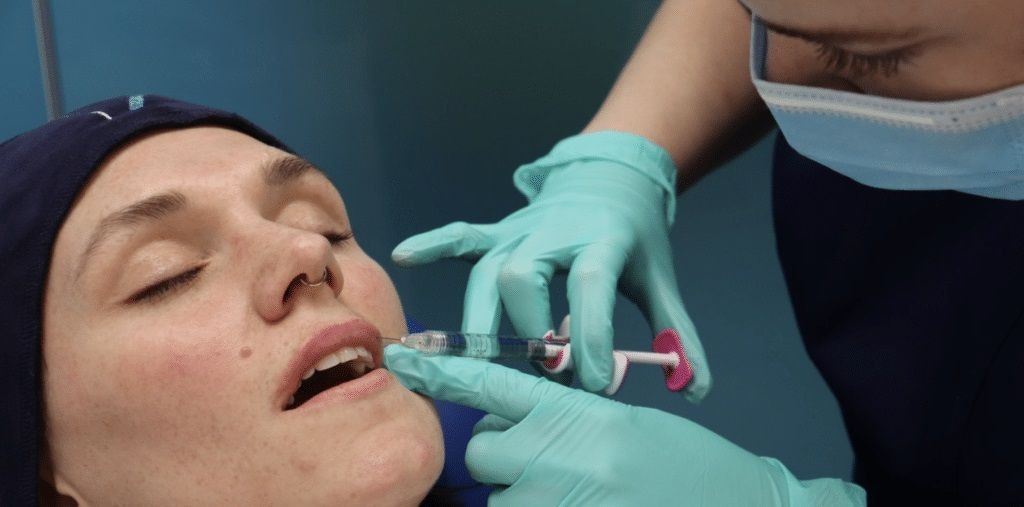
We recently asked Harley Academy Instagram followers which injecting techniques they’d like help with. One of the most popular answers was lip filler techniques for thin lips.
When it comes to treating the lips, there are a range of approaches that can be taken. When underscored with a proper understanding of anatomy and facial ageing, these can be used to produce safe, efficient and proportionate results.
We interviewed Dr Jess Chohan, senior clinical trainer, aesthetics specialist and Level 7 graduate, to get her advice.
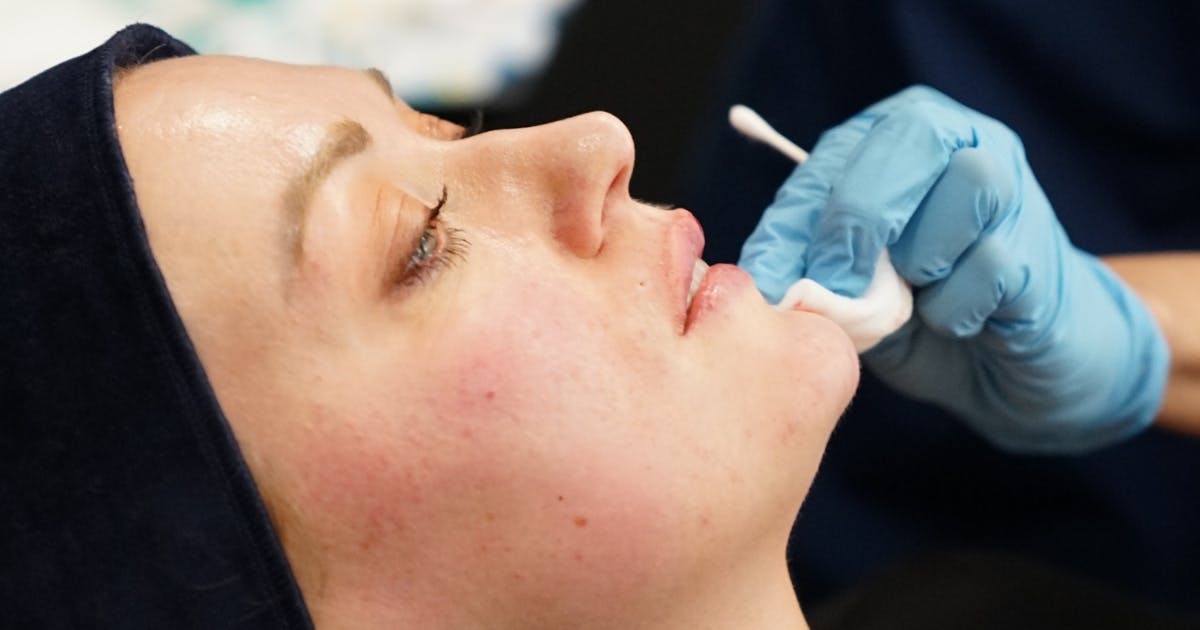
HOW TO TREAT LIP FILLER PATIENTS WITH THIN LIPS
How should injectors assess thin lipped patients for suitability?
“First we must establish that a patient is suitable for lip filler,” says Dr Jess. “Many of the thin lips that I see in clinic also have a lack of support from the surrounding tissues. For example, presenting with a small/retrognathic chin, or maybe skin laxity laterally or within the lower face.”
“This scenario requires initial treatment before you move on to treating the lips. The reasoning here is that you just won’t get a good lip filler result if there is no perioral support,” she adds.
“In addition, a very long upper lip length can often accompany thin upper lips and this can be tricky to treat. Sometimes a surgical lip lift can be a better option in these cases. This procedure will provide a more predictable and aesthetically pleasing result.”
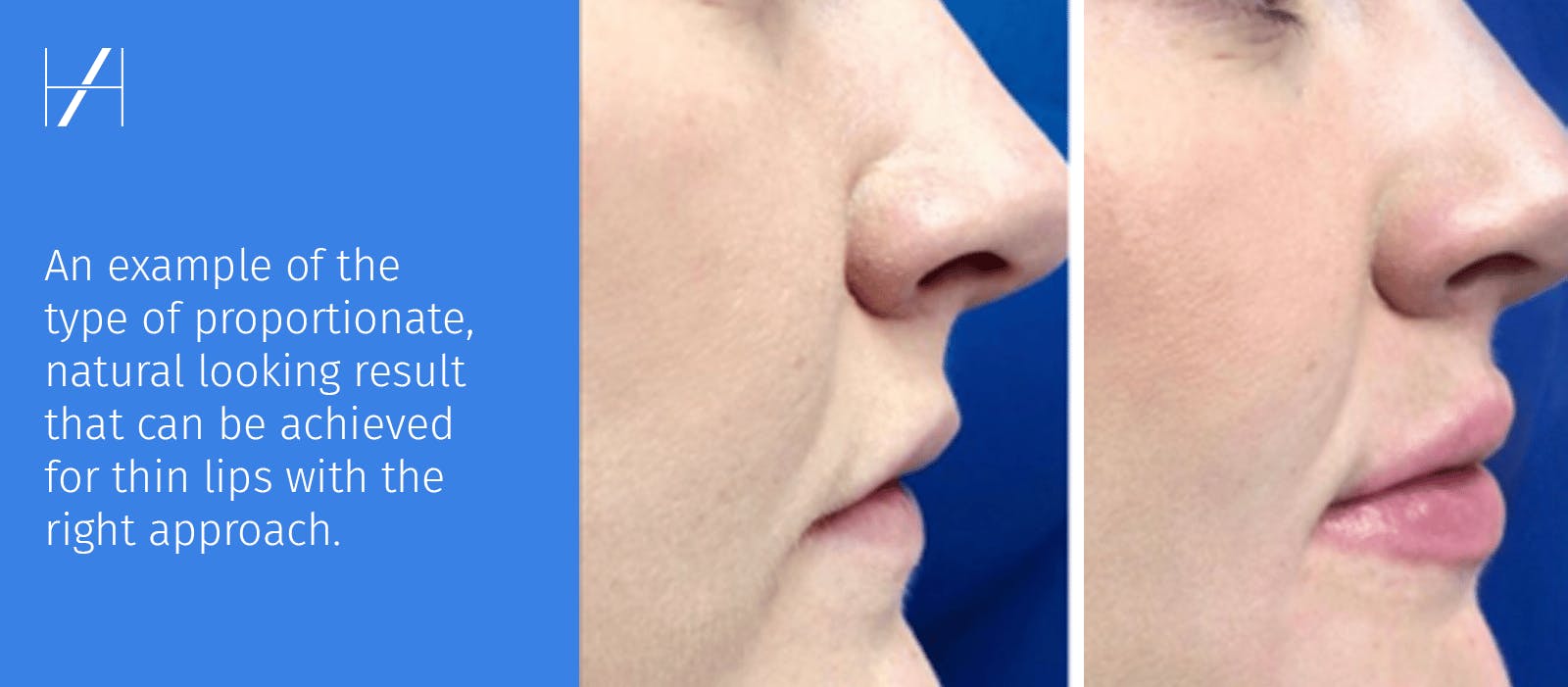
Does the patient’s gender presentation make a difference?
“When treating male lip filler patients it’s important to remember that men generally have a thinner and more rectangular lip shape. For example, in Caucasian and Asian men in particular, it is not considered a traditionally masculine feature to have large, well-defined lips,” advises Dr Jess.
“However, as always, each patient should be treated as an individual and your treatment plan should reflect this. I would recommend treatment planning with gender, race and age in mind as this will differ from patient to patient.”
We recommend reading our article Racial Considerations for Lip Filler Proportions for further information.
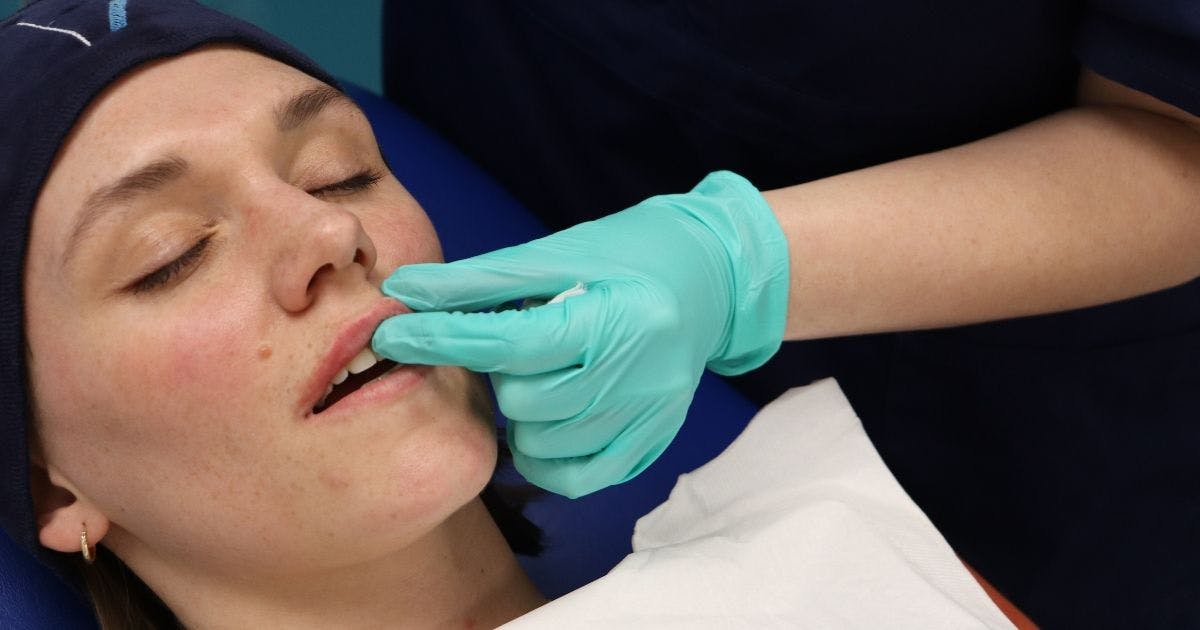
What are the best tools to use for these lip filler treatments?
“Technique choices can be quite subjective,” notes Dr Jess. “For example, I generally prefer using a needle to inject but many people prefer a cannula. Sometimes a cannula can be more advantageous in thin lips as we aim for volume replacement.”
“Either way, I would advise using a soft filler with a low G prime,” she recommends. “Naturally these are often used with smaller needles or cannulas such as 30g needle or 25g cannula.”
What injection techniques do you use for each of these treatments?
“It’s important to let the patient know that thinner lips often need a few sessions to build up,” advises Dr Jess, keen to manage expectations. “Equally, thinner lips – especially those with a long upper lip length – may not be suitable for anything more than small filler volumes.”
“At Harley Academy, we generally teach the same technique for all lips when starting out,” she notes. “Assessing the vermillion border first is crucial. Has the patient got small lips because they are naturally thin? Or have they got age-related changes with lack of support? If it’s the latter then they may need vermillion border treatment – layer 1- first.”
She cautions, “Generally we deem a patient with lots of perioral lines and a broken vermillion border on pouting or blowing a kiss, to need a small volume in the vermillion border first. This is rarely the case for younger patients though, so needs careful assessment.”
“After this, we assess the lip body and the remaining injections are in layer 2 using linear retrograde threads (LRT) in a fanning technique,” she explains. “These are often horizontally placed but if we are really lacking in lip height then we can use vertical LRT too. Finally, some thinner lips may need philtral column support. If this is the case, a very small volume can be placed here to help add structure.”
What is the most common mistake students and new aesthetics practitioners tend to make when treating thin lips and how can they avoid this?
“The most common mistake is not what you think I’m going to say!” laughs Dr Jess.
“Over the years I have learnt that patients will often ask for lip filler because they see an imbalance in the lower face,” she reveals. “However, they can’t put their finger on what it is that’s causing it… and we don’t expect them to – that’s our job, not theirs!”
“Lip filler is a fairly well known procedure now among the patient population. So, as it’s one lots of people have heard about, they come in asking for it. Yet this is simply because they don’t realise that it’s other areas that are less balanced.”
“My tip here is to assess the whole face first before treating the lips and please, please, please don’t overfill or over-project the lips,” she stresses. “You need to really understand the patient’s concerns and explain ratios and harmony to them. Educate them a bit before jumping into lip filler.”
She emphasises, “You’d be amazed how many patients are so glad we treated their chin, cheeks and jowls before moving onto their lips. Or, in some cases we may not even need to treat the lips at all because they’re now supported and the face is more balanced.”
“Treat the rest of the face before the lips – you often find you either don’t need to treat them or you use much less filler to achieve an even better result than you would have done before.”
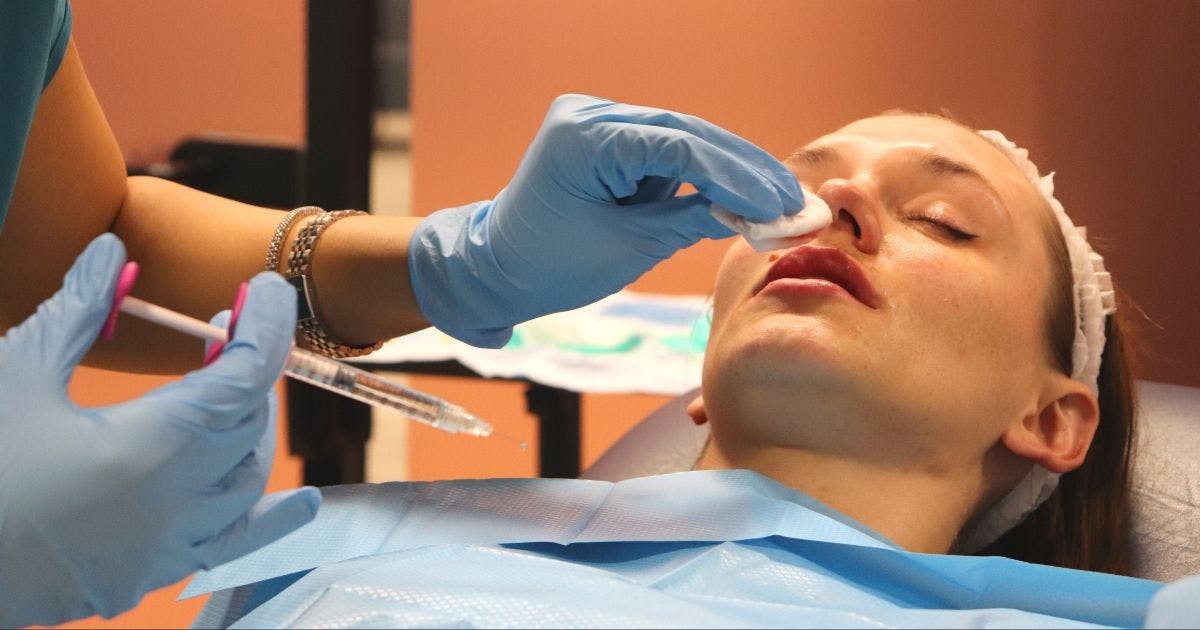
LIP FILLER TRAINING FOR HEALTHCARE PROFESSIONALS
Lip filler training can be a particularly precarious area to navigate. As Dr Jess points out, it is such a well-known and popular treatment now. This means more people want to learn how to perform lip fillers and, in response, there are now myriad lip filler training courses available.
However, as industry bodies and a BBC undercover investigation have exposed, many of these are unsafe and unfit for purpose. These types of unscrupulous training providers are expected to be the subject of a crackdown under forthcoming UK aesthetics legislation and regulatory changes.
At Harley Academy, we are known for our high standards and passion for the safe practise of aesthetic medicine. As such, our courses are only open to licensed doctors, dentists, nurses and midwives.
For beginners wanting to learn how to administer lip filler safely, we have Foundation Training in Medical Aesthetics and The Aesthetics Accelerator courses.
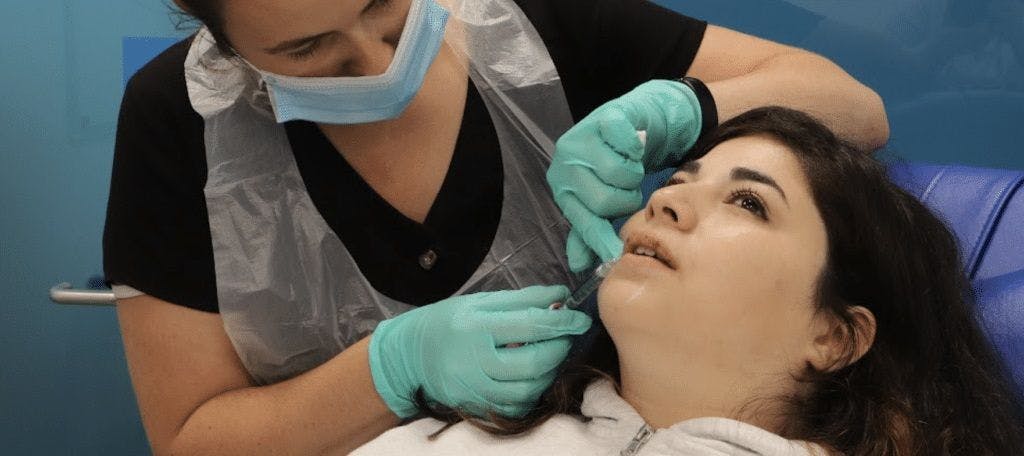
Master's-level aesthetic medicine qualification for aesthetics practitioners
You can complete our Foundation Training on its own, or you can progress onto our Master's level course - the widely-respected, Ofqual-regulated qualification, the Level 7 Diploma in Botox and Dermal Fillers.
This provides an in-depth education in anatomy, facial and skin ageing, injection techniques and how to perform cornerstone injectable treatments, such as lip filler, cheek filler, jawline contouring and forehead toxin. Made up of self-paced eLearning, observation days and hands-on, one-to-one mentoring sessions where you treat your own – never a shared – patient, this industry-leading course is the equivalent to a Master’s degree.
For those who are experienced aesthetics practitioners we offer this course as a Fast Track Level 7 option. This is proving particularly popular with injectors looking to prepare for the anticipated UK regulatory changes.
If you are a licensed medical aesthetics practitioner who simply wishes to brush up on current techniques. Or perhaps wants to really sharpen up your skills in a particular area, we recommend booking a Perioral & Lip Filler Masterclass. This will supercharge your learning and allow you to focus specifically on your areas of concern.
If all these choices sound overwhelming, or if you’d like to find out more, our dedicated Course Advisors are here to help. Book a call with them today and they’ll help to set you on your way to aesthetics excellence!
All information correct at the time of publication
Download our full prospectus
Browse all our injectables, dermal fillers and cosmetic dermatology courses in one document
By submitting this form, you agree to receive marketing about our products, events, promotions and exclusive content. Consent is not a condition of purchase, and no purchase is necessary. Message frequency varies. View our Privacy Policy and Terms & Conditions
Attend our FREE open evening
If you're not sure which course is right for you, let us help
Join us online or in-person at our free open evening to learn more
Our Partners












STAY INFORMED
Sign up to receive industry news, careers advice, special offers and information on Harley Academy courses and services


